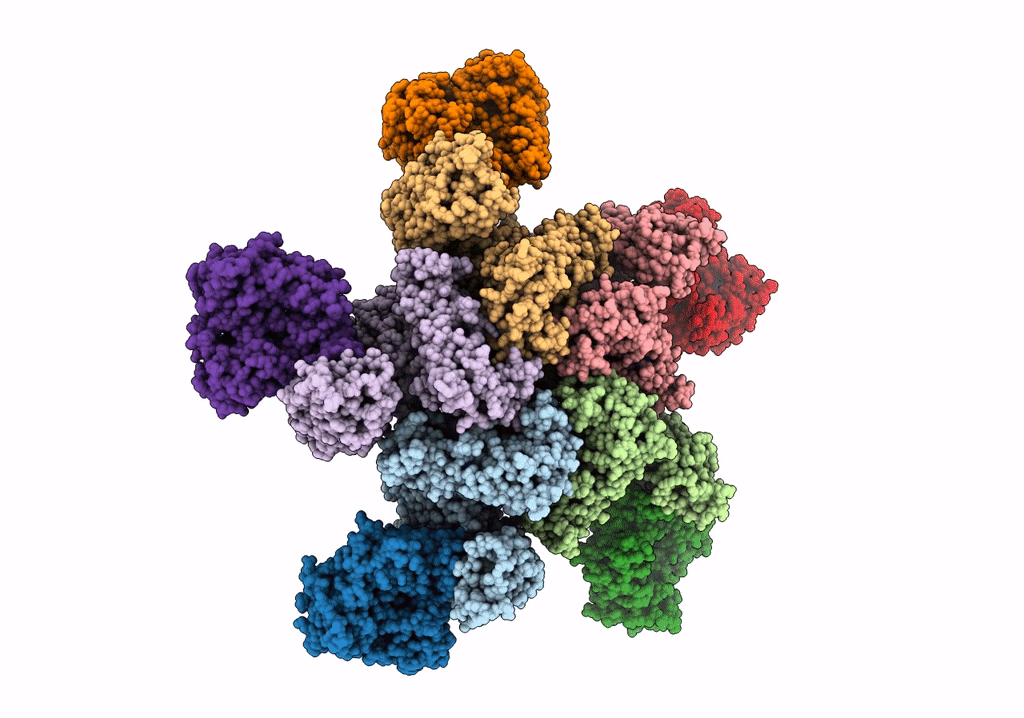
Deposition Date
2022-03-29
Release Date
2022-09-28
Last Version Date
2025-07-02
Entry Detail
Biological Source:
Source Organism:
Triticum monococcum (Taxon ID: 4568)
Puccinia graminis f. sp. tritici (Taxon ID: 56615)
Puccinia graminis f. sp. tritici (Taxon ID: 56615)
Host Organism:
Method Details:
Experimental Method:
Resolution:
3.33 Å
Aggregation State:
PARTICLE
Reconstruction Method:
SINGLE PARTICLE


